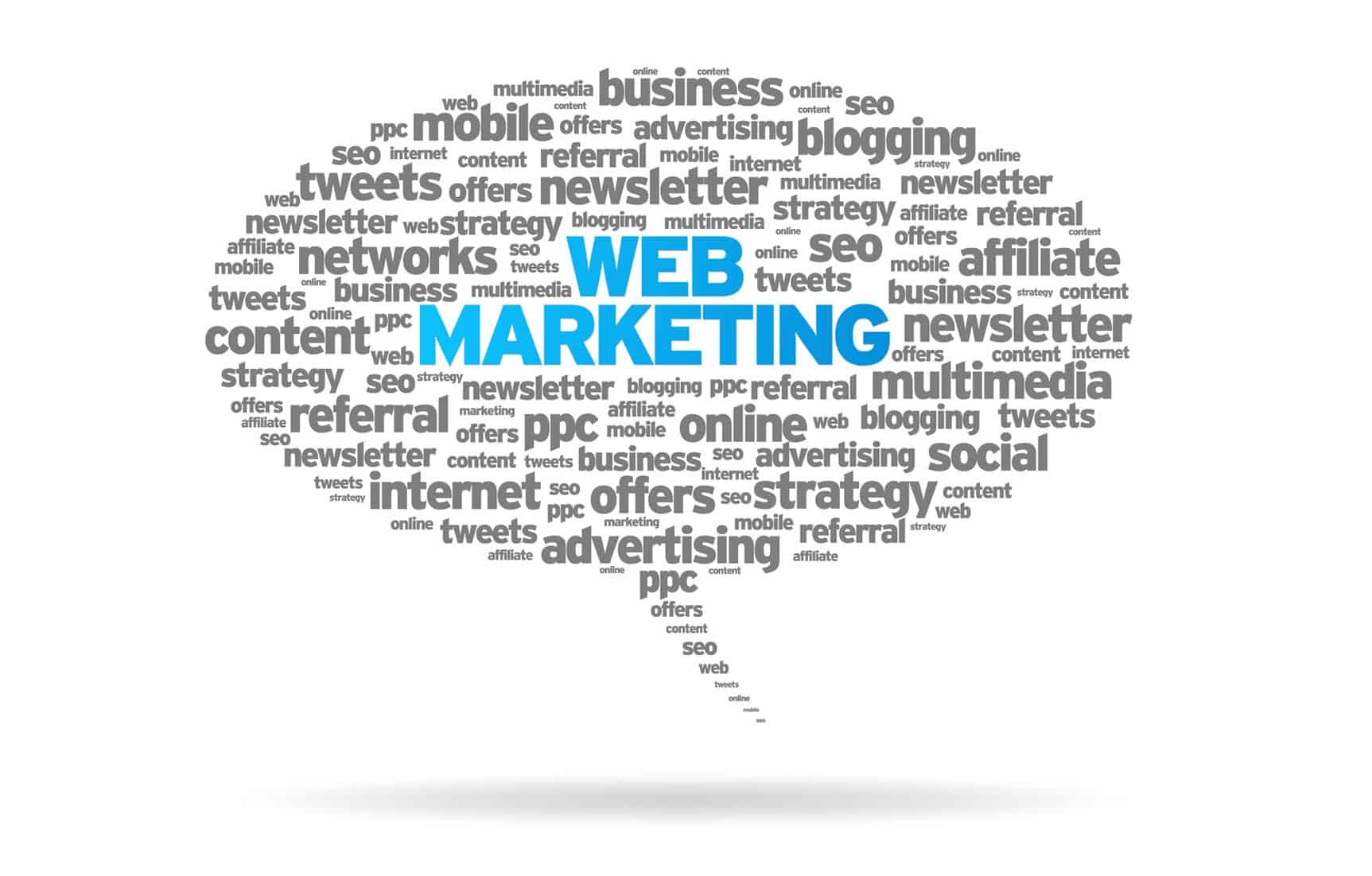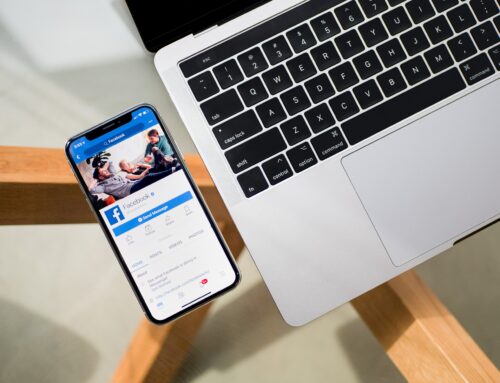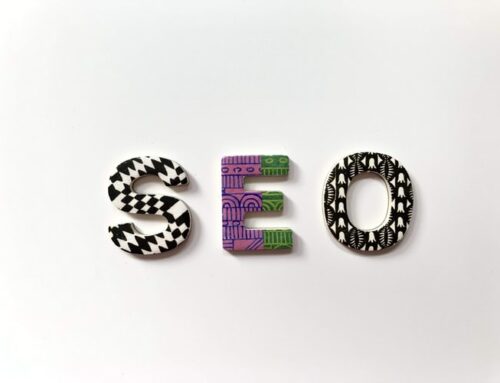In the not-so-distant days of advertising you had print, radio, TV, billboards, and direct mail as vehicles to reach your audience. When the Internet came along, for years the best one could do was a replica of a print ad, or an animated gif, or a blinking, neon-like approximation of something that looked like it was in motion. The mid to late 90s saw web marketing companies produce a wave of Flash animation, and at the time, this was the most influential way to use the Web to highlight products and services online. Still, barriers existed to fully translating powerful advertising campaigns to the Internet. Most people still used dial up connections, so sophisticated advertising pitches involving video, while they existed, could not seriously threaten television’s grip; however the simultaneous avalanche of social media and broadband would change the face of online advertising forever.
By the early 2000s the initial rollout of broadband crept across the country, and consumers embraced it, but it still wasn’t fast enough to accommodate the fast-paced and complex online advertising campaigns that many web marketing companies wanted to create. It would take increased broadband speeds and the burgeoning adoption of social media to put online advertising on the map.
The idea today is to create experiences that transcend online. They encompass online and offline. The best web marketing companies today personalize their campaigns so their audiences receive an experience that simultaneously tells the brand story and provides an unforgettable way to connect to the brand. Once social media and then apps became commonplace, advertising was never the same.
One of the most unusual brand experiences produced by a top web marketing company in 2015 combined online and offline components. It was definitely clever:
The Pizza Hut Projector Box:
http://www.digitalbuzzblog.com/pizza-hut-the-video-projector-pizza-box/
Pizza Hut Hong Kong provided a free movie to make your pizza-eating experience complete. As you can see in the video, Pizza Hut provides a lens within the middle rester and you pop out a circle on the side of the box and set up your phone to show a video through the box which has now become a projector. What a way to connect with the brand! Eat pizza and watch your movie through the box!
Even if one thinks the idea is, pardon the pun, cheesy, Ogilvy & Mather HK should be applauded for connecting online (downloadable QR code for the movie) with offline, (eating the pizza and watching the movie).
Other examples of connecting offline and online are photo contests which lots of people like because they can share their photos and upload them for a chance to win prizes and notoriety. Here’s an awesome example:
The Smithsonian Photo Contest for 2016 offered 7 categories, and one that is particularly intriguing is the Sustainable Travel category, sponsored by United Eco-Skies. Eco-themed photos in various sub-categories had to be accompanied by a 100 word caption describing the photo’s backstory. This contest involved people highlighting all types of offline experiences and then sharing them online as the winners were selected.
Where contests like this really take off are the build up and sharing on social media. Popular Science recently shared the winners of the Smithsonian contest.
Facebook is a natural place where brands offer contests. Sprout Social offers some top examples of Facebook contests, featuring the Eggo Your Way Contest, by Eggo, where people submitted their unique waffle dish recipes.






 CERTIFIED EXPERT
CERTIFIED EXPERT